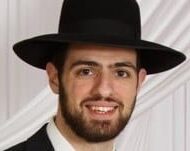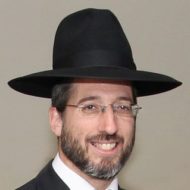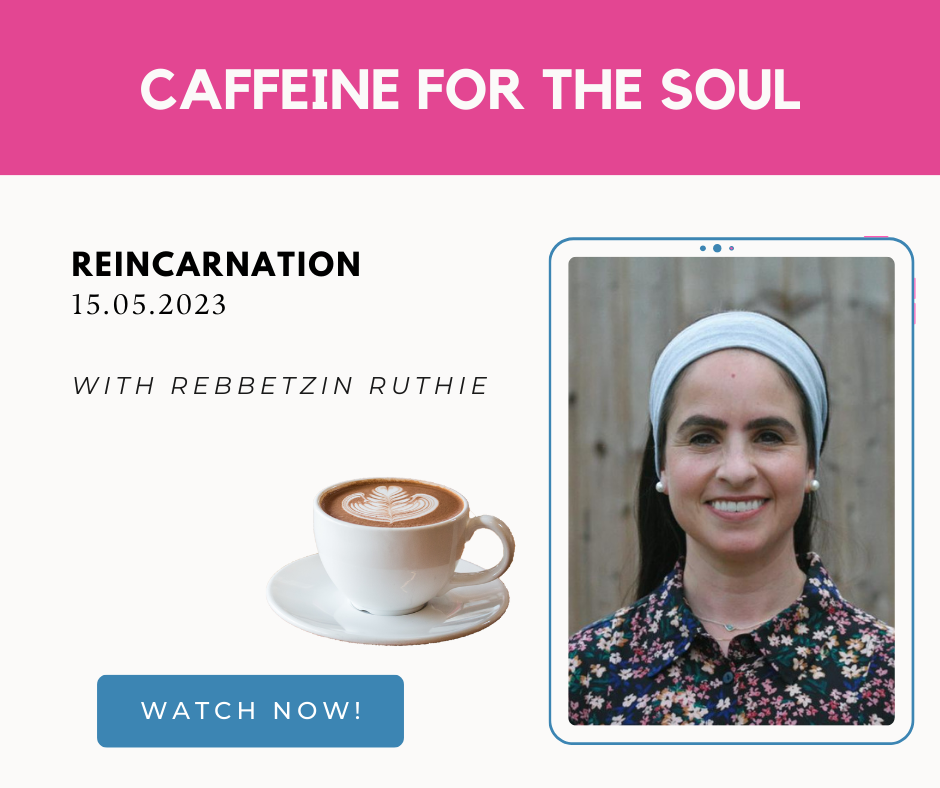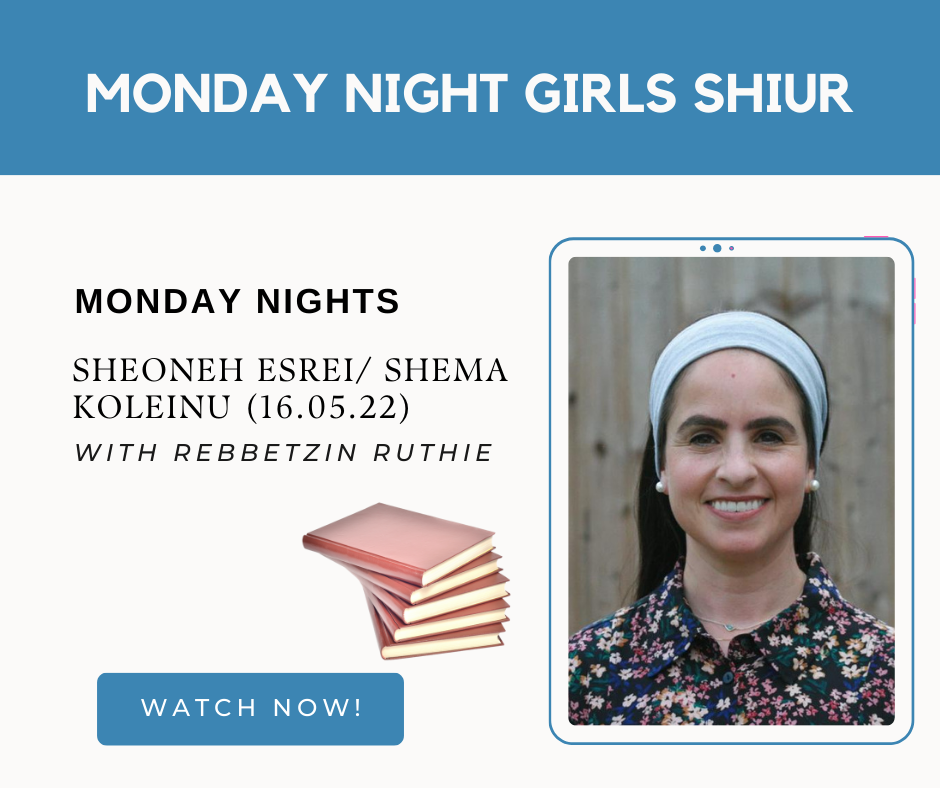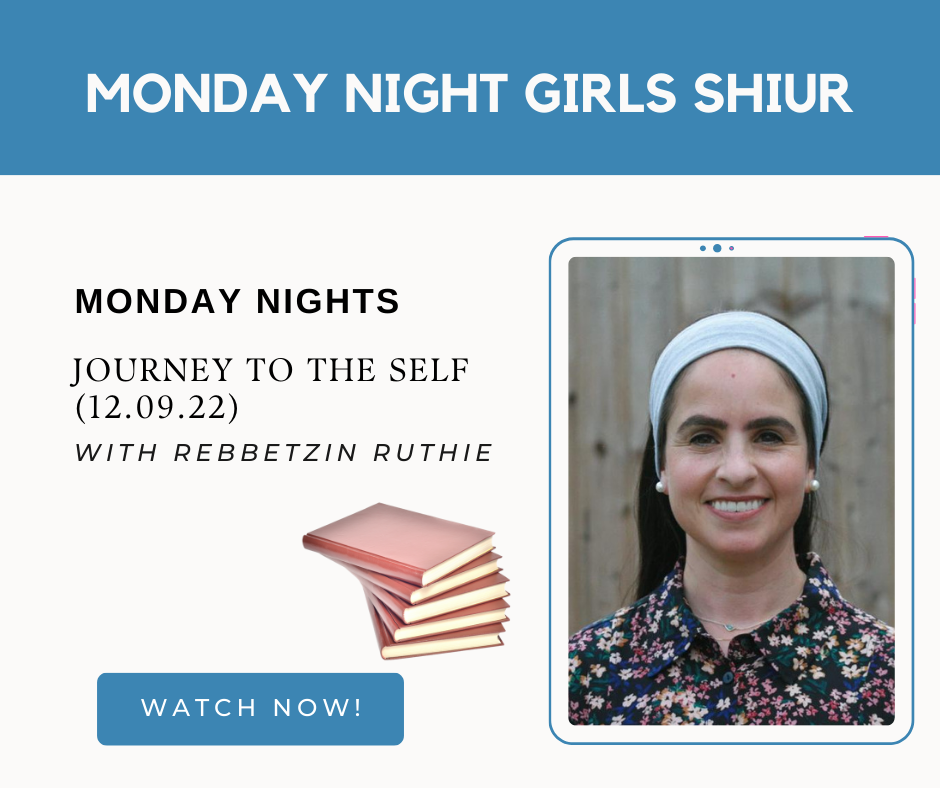
In a very small alley in Jerusalem, two taxis driving in opposite directions meet. As the drivers are equally stubborn, neither of them wants to reverse. They angrily look one at the other. Finally, one of them picks up a newspaper and starts reading. The other one politely asks, “When you’ve finished the paper, please bring it over, and let me read it?”
Am Yisrael are known as a Stiff Necked People – we have our times when we are stubborn. Yet in this week’s Parasha stubbornness seems to take on a new meaning.
Korach disputes the Kehuna (High Priest) of Aharon. By the end of the dispute he is lost forever as the earth consumes him and his followers. The two hundred and fifty heads of Sanhedrin also disputed Aharon’s legitimacy. They too paid with their lives. Still the complaints were not silenced. The people were not convinced. They needed one more sign from Hashem that Aharon was the chosen Kohen Gadol.
The princes of the tribes were asked to bring ‘Ish Matehu – each man his staff’ and to write on them their names. The staffs were placed together with Aharon’s staff inside the Holy of Holies by the Aron Hakodesh. (Whoever’s staff would sprout forth would be the chosen one.) Moshe wanted to fend of any conspiracy theories. He wanted to ensure that there would be no doubt with this test. Lest the people claim that one end of the Aron Hakodesh was holier then the other end, or that Moshe knew the best place to put the stick of Aharon, he placed the staff of Aharon in the middle, surrounded by the others staffs.
“And it came to pass, on the morrow, that Moshe came into the Tent of Testimony, and behold the staff of Aaron, of the house of Levi, blossomed, yielded a flower and brought forth buds and bloomed blossoms and ripened into almonds” (17:23).
Moshe brought out the staffs and we are told that the staff of Aharon flourished. The Abarbanel writes that the name of each tribe was written on each staff. However on Aharon’s staff – Moshe wrote on one side Levi and on the other side of the staff – ‘Aharon’. Eventually when the staff flowered, Parach Mateh Aharon – it flowered on the side of Aharon, thus proving two things in one go – Levi was the chosen tribe to serve in the Mishkan and Aharon was the chosen leader of that tribe. Furthermore, the Rashbam (17:23) states that when Moshe took the staff of Aharon out it already had flowers. Then in front of the people, it started to sprout and bring out almonds. Now it was clear to all that Aharon was the chosen Kohen Gadol.
The Torah states Vayiru Vayikchu Ish Matehu – and they saw and each one took his staff.
The Seforno asks what the purpose of them taking their staffs was. Normally in a contest when one is proven wrong through an object, they no longer require that object. They have lost the dispute, why take their staffs back?
The Seforno explains that the Princes of the tribes still didn’t believe in the signs! They thought, it can’t be that only Aharon’s staff flowered; ours must have flowered too. What must have happened is that Moshe came into the Kodesh Kodashim and saw all staffs flowering. Perhaps he exchanged our staffs with dry ones and kept Aharon’s staff. They asked for their staffs back, because they had special secret signs on them that only they knew they had put, and they wanted to check whether Moshe was really giving them back their real staffs.
When we read this episode in the Torah we are left shocked. Surely these are Nesiim – Princes of tribes, knowledgeable people?!
They had witnessed what happened with Korach, with all his followers, they had witnessed the miracle of the staffs, and they still think something dubious is occurring?!? What are they thinking?!
Every Jew is unique. Each mitzvah we do is special and has ramifications on high. Hashem values each and every one of our prayers. Our pleasant deeds and Mitsvot give much Nachat (so to speak) to our Creator.
The Princes understood this more than anyone. They knew the power and holiness of each Jew. What they couldn’t believe is how it would be possible for our Creator to command that only the Kohen Gadol can enter the Holy of Holies. Surely every Jew is special and must have close access to Hashem?
They saw the signs from Korach and his followers, they saw the signs of the staff of Aharon, but they couldn’t comprehend and found it difficult to accept that only one man can enter the Holy of Holies.In actual fact – they were right!
Each Mitsva we perform is cherished by Hashem. Hashem loves and values each and every Jew.
The one mistake they made is that even with that love existing it is still possible that Hashem chose the tribe of Levi and the Kohen Gadol to perform certain acts in the Temple.
We serve Hashem in many ways. It is only in the service of the temple that the Kohanim are both the Sheluchim (messengers) of G-d and at the same time our messengers. (Nedarim 34)
With regards to prayer which is compared to Korbanot – all of Israel are the same. Similarly the study of Torah is open to all. You don’t need to be a Kohen Gadol to learn Torah.When it comes to learning Torah, we all have the same access. The wisdom gained depends on our efforts. The Torah is related to as – Yekara Mipininim – more cherished then the Kohen Gadol when he goes into the inner chambers on Yom Kippur!
Once the staff had flourished in front of them and they had checked all other possibilities they happily accepted the sign and came to the understanding that the tribe of Levi (with Aharon as the Kohen Gadol) would serve in the Bet Hamikdash.
This in no way took away the importance of each Jew. Hashem informed us that His love extends to each and every one of us. Through our actions and learning we are able to achieve the highest of peaks (even closer then the Kohen Gadol).
Let us cherish this – each one of us is a jewel, and has the power to shine and give light to all around.
